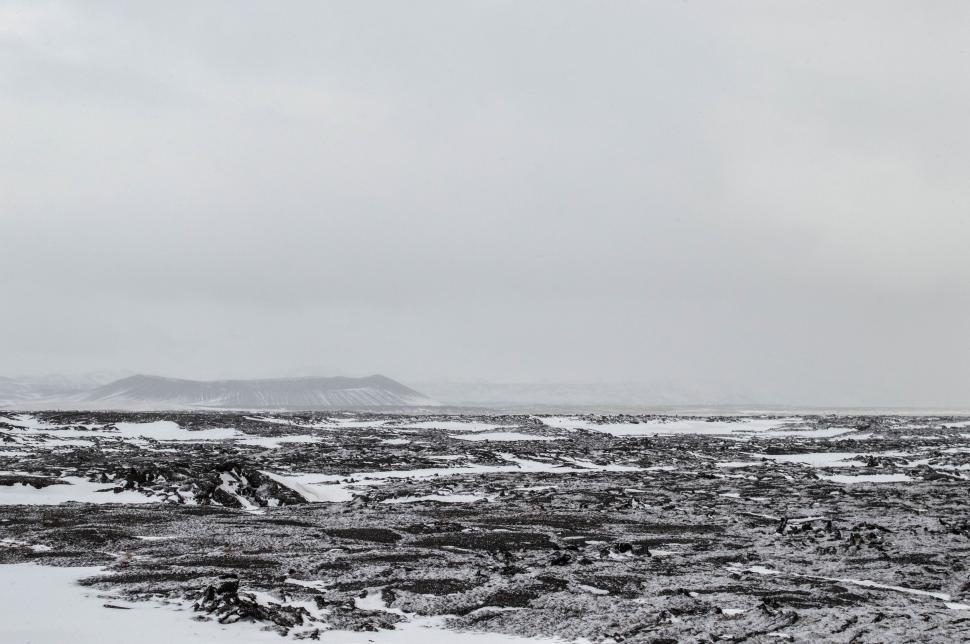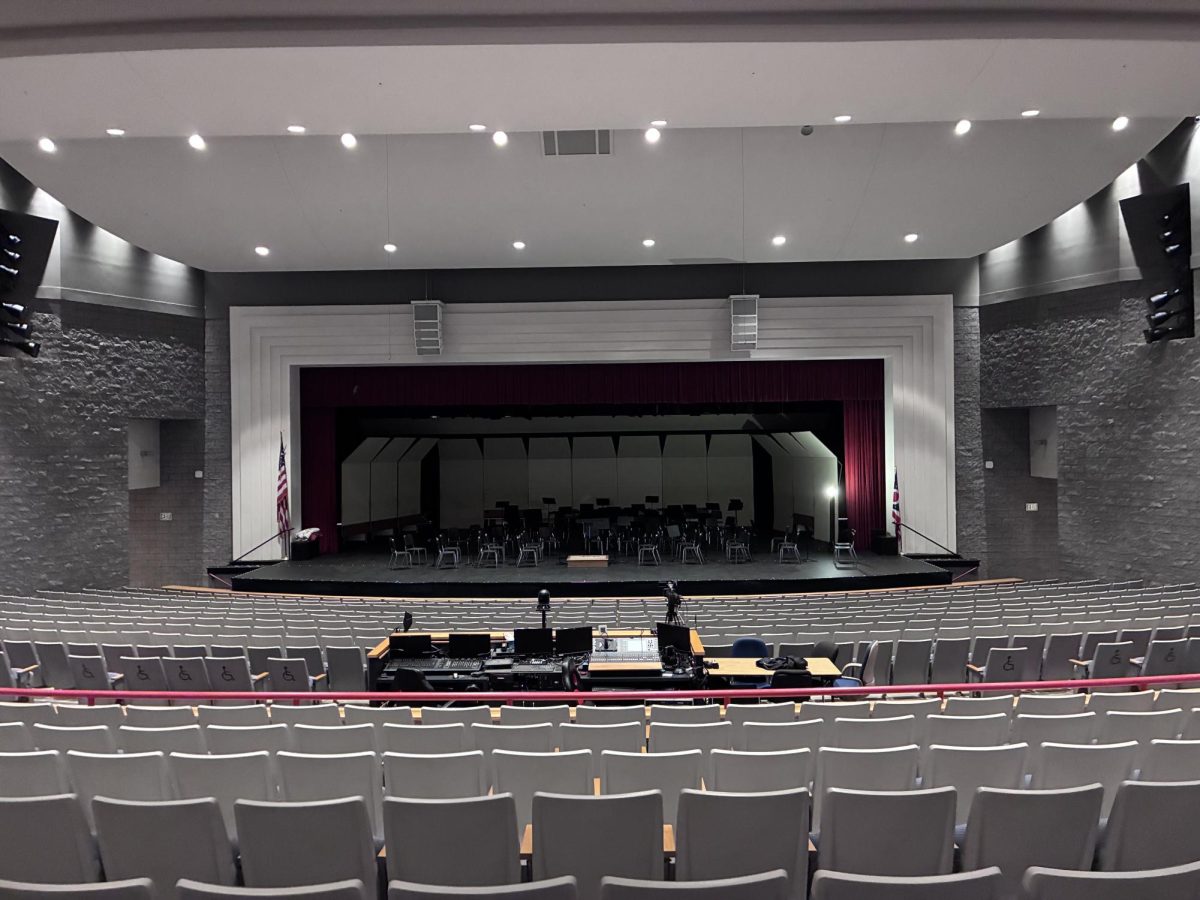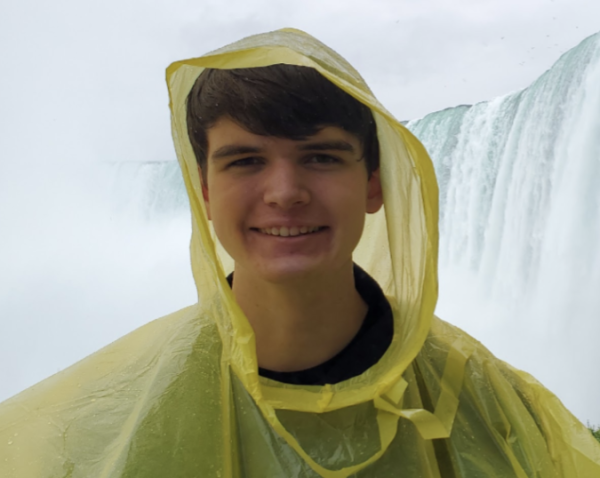The crushing blows of biting waves against towering monsters of ice. The harsh chills of a wintry Nordic landscape clash with the piercingly quiet nature of this setting. Dark and polar, the meritorious sounds of Sibelius’ only violin concerto ring in a way that mirrors and shapes this landscape.
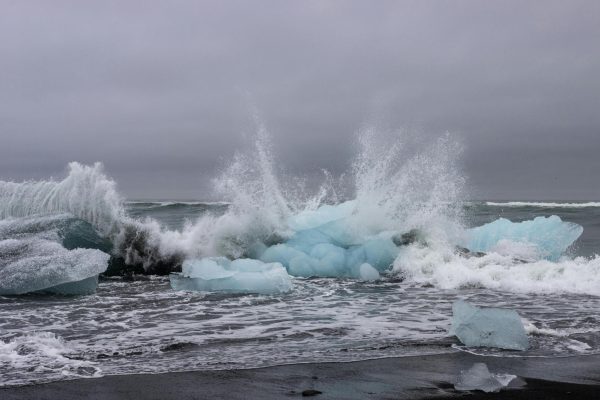
On any list of the best violin concertos, this masterpiece by Sibelius will always rank highly. I take this one step further, proclaiming that the Sibelius Violin Concerto in D minor is not only my preferred violin concerto over all other contending genius works, like the violin concertos by Tchaikovsky and Brahms (which also always rank highly), but my most treasured and favorite piece of all time.
I remember clearly in my second year of learning to play the violin that I could not name a single piece of classical music. I was, not blissfully, but rather perniciously ignorant of the vast iceberg that classical music was. However, through a miraculous moment of spontaneous inspiration when doom scrolling through YouTube, the thumbnail of a recording by Ray Chen and the prestigious Gothenburg Symphony Orchestra (shown below) of this monumental work caught my eye. Clicking, I watched and listened, not knowing my life would be sent on a different track until I reached the end of the piece where one thing was clear: classical music would be a profound guiding passion and hobby for the rest of my life.
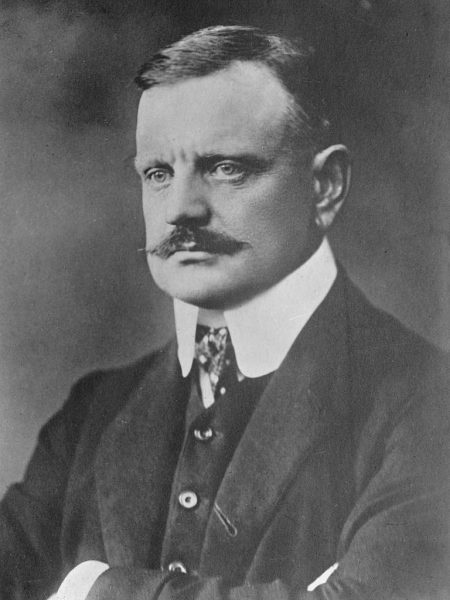
Few pieces can I say I relish every sound and note of, but the violin concerto by Sibelius enjoys maintaining this accolade. Goosebumps usually occur when a piece does something unexpected. I have the sounds of the Sibelius violin concerto engraved in my mind from my countless relistens to the piece, but I still get goosebumps every time, showcasing how puissant this triumphant sensation is.
Before diving into the analysis of Sibelius and the violin concerto, my listening recommendations would be the aforementioned recording of Ray Chen with the Gothenburg Symphony Orchestra. Here, Ray Chen displays technical brilliance with a sense of unparalleled emotion that I have yet to find in another recording. On streaming services, I would recommend the 2024 recording of the Sibelius Violin Concert by Janine Jansen (soloist) and Klaus Mäkelä (conductor) with the Oslo Philharmonic. Also filled with unsurpassed ability by the soloist, Klaus Mäkelä commands the orchestra throughout the third movement, almost losing control of the tempo, perfectly reflecting what I envision Sibelius was ultimately aiming for.

Born in Finland on December 8, 1865, Jean Sibelius is a relatively modern composer. He would continue to live until 1957, reaching the extraordinary age of 91 years old, an age that was even more exceptional during the period in which he lived. Interested in music at a young age, Sibelius would carry his passion into university, enrolling at a music institute in Helsinki under the guidance of Martin Wegelius, and then later pursuing composition abroad in Berlin and Vienna.
Sibelius would continue writing in the 1890s, a time of profound political tension in his homeland. Such prominent discontent, however, would lead to Sibelius being named a hero and champion of Finland, which was secured by his valiant Finlandia, a piece that is still so nobly played and appreciated by the Finnish people, seen as a proud vessel of nationalism.
Despite such success, Sibelius would not live an easy life. Constantly under crushing financial pressure, Sibelius exacerbated his situation by uncontrolled spending, putting himself in a cycle of perpetual debt. After creating several other previous pieces, including his first symphony, and developing his style with strong influences from Wagner, Tchaikovsky, and Busoni. Sibelius would lose one of his daughters from typhus in 1900 and later come close to losing another child to disease. Sibelius was demoralized, fueling his state of chagrin. Such a series of unfortunate events resonate in the crepuscular scene of his violin concerto which was initially written in 1903.
Little, however, know that this initial version of the piece is not what is commonly played today. Reflecting his perfectionist mindset and harsh self-criticism, Sibelius was dissatisfied with what he heard at its premiere and would continue to revise this piece until 1906 when he was finally content.
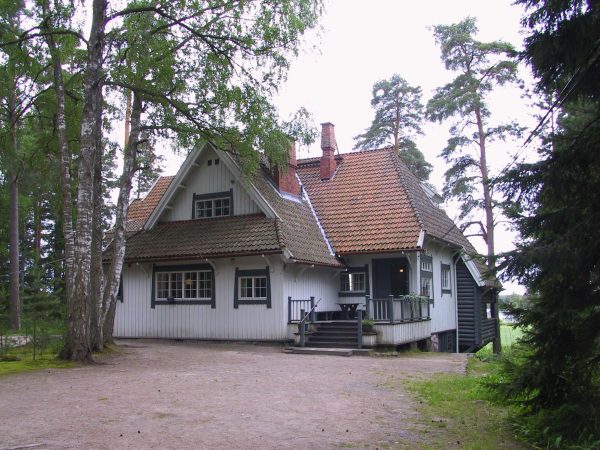
Interestingly, Sibelius would retire and stop composing after creating his majestic Tapiola in 1926. Surrounding this anomaly, there is a lack of a true, factual answer, but rather more conjecture. A widely supported speculation is that, after going through episodes of depression and deep-rooted feelings of dissatisfaction with his work, Sibelius may have been crushed by this pressure, simply losing his creative liberty and ability to compose after such a profound career. Sibelius, constantly looking to improve on his work, would have to write something better than all of his previous works, something a man was unfit to do under such devastating mental conditions.
The piece is broken down into three movements, all filled with intricate techniques and an intense demand for perfect mechanical brilliance by the player. The piece is often regarded as one of the most difficult for violinists to play.
Longest of the movements in the piece, the first movement opens muted, with the strings quietly and peacefully playing repeating notes for four bars, quickly then overlaid by the soloist, who plays a haunting, yet beautiful melody. Done correctly, the audience feels a sense of intoxicating sharpness and coldness. The notes stab through the air of the stage like a knife and shoot through the audience like a honed arrow. Then, the soloist erupts into a feverous, rich, and explosive theme that builds on the opening notes. The first movement continues with extraordinarily difficult arpeggios and quick runs. Only a few minutes into the piece, just around four minutes in for most recordings, everything goes quiet, the soloist playing a soft ascending theme with the winds following. The soloist then jumps to the highest register of the instrument playing tender yet unyielding and resolute octaves. The power and potency of this moment are hard to describe, but is best listened to. Heroic themes continue building on previous passages concluding in a monumental close to the first movement that could easily be mistaken as a finale to the piece given its consummate mightiness.
The piece then falls into what I see as the most lyrical of the movements. Slow and brooding, this movement is turbulent and capricious. Opened by clarinets and oboes, the soloist is introduced somberly. Continuing on the commanding double stops and octaves of the previous movement, Sibelius continues to employ such skills in this movement. The movement builds and builds, like an icy wave that yields for nothing, eventually reaching such a monumental height that the audience can no longer hold the tension. The entire ensemble explodes in sound, resonating with the main theme introduced in the first movement. After this incredible moment, the piece turns again to more graceful figures, with the soloist and ensemble ending in a very still way.
The third movement counters this tranquil end, exploding in what sounds like an urgent horse galloping or a manic waltz. Shattering the serenity of the second movement, for nearly eight minutes, the soloist is forced into a whirlpool, forced to endure only the most demanding of techniques on the violin. The composition erupts into scorn and triumph, anxiety and splendor, misery and beauty. The third movement of this violin concerto cannot be matched. The tempo is unyielding, pushing forward perpetually. Propelled forward, the soloist must use unprecedented skill and power to push every decibel and resonance out of their violin to overcome the tidal wave of the symphony behind them. The audience, trapped by the false sense of security created by the serendipity of the second movement’s closure, is swept into the wave, flooded by emotion. They cannot escape, forced to endure the biting emotion Sibelius pours into every moment. Seemingly, this finale could end in three different moments, but Sibelius is not satisfied. He knows the elephantine wave can tower even higher. The frenzied waltz grows out of control. Tumultuous and crazed, the soloist and ensemble throw themselves into a series of daring scales, climbing up and down the registers of their instruments. Any audience member who the surging gelid wave has not yet engulfed now senses the inevitability of their doom. Frozen, staring at the colossal giant the tidal wave has now become, they surrender to the bitterly inexorable ocean bearing down on them. The wave marks its maximum height with a pertinacious final note D proclaimed by the soloist violin and the orchestra.
There concludes the violin concerto where every moment of every movement is perfect.

